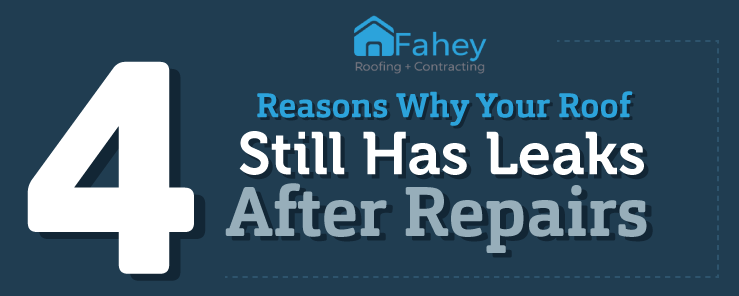Examine The Costs And Benefits Of Solar Installation To Highlight The Potential Financial Gains For Those Discovering This Renewable Energy Option
Examine The Costs And Benefits Of Solar Installation To Highlight The Potential Financial Gains For Those Discovering This Renewable Energy Option
Blog Article
Web Content Writer-Rowe Larsen
When taking into consideration the expenses of solar setup, you could question the ahead of time investment needed and whether it lines up with the potential long-lasting benefits. Recognizing the ins and outs of these expenditures and the different elements affecting the general return can clarify the value recommendation of transitioning to solar energy. By reviewing both the initial setup expenses and the predicted savings with time, you can gain understanding into whether the investment in solar setup holds promise for your economic future.
Initial Arrangement Expenditures
When thinking about the costs of solar installment, the first setup expenses play a critical function in your decision-making procedure. These in advance expenses consist of the cost of solar panels, inverters, placing devices, and installment labor.
The rate of photovoltaic panels can differ relying on the brand, performance, and size you pick. Inverters are necessary for transforming the sunlight's energy into useful power and be available in various types such as string inverters, microinverters, and power optimizers, each with its very own price implications.
Mounting tools, such as racks and rails, is necessary to firmly install photovoltaic panels on your roofing or property.
The setup labor expense covers the specialist installation of the solar system, guaranteeing that every little thing is set up properly and effectively. Keep in mind that while these preliminary setup costs might seem high, there are commonly discounts, tax obligation rewards, and financing options readily available to assist balance out the costs and make solar installation extra budget friendly in the future.
Long-Term Savings Analysis
To recognize the economic benefits of solar setup gradually, it's critical to carry out a comprehensive long-lasting cost savings analysis. While the first arrangement costs of photovoltaic panels might seem challenging, the lasting financial savings can exceed these prices substantially. By harnessing the power of the sun to produce electrical energy for your home, you can potentially conserve hundreds of dollars on your energy costs over the lifespan of your solar system.
One of the key elements to think about in a long-term savings analysis is the decrease in your power costs. With photovoltaic panels, you can produce your power, minimizing or perhaps removing your reliance on the grid. This can cause substantial savings, particularly as utility rates continue to climb.
Furthermore, your domain name of federal governments supply incentives such as tax obligation credit reports and rebates for mounting solar panels, additionally boosting your long-lasting savings. By capitalizing on industrial solar energy systems and optimizing your solar power manufacturing, you can delight in significant financial benefits for years to come.
Roi Computation
Taking into consideration the economic advantages of solar installation, it's time to analyze the Return on Investment (ROI) estimation. Figuring out the ROI entails comparing the total costs of installing a solar system with the monetary advantages it creates over its life-span.
To compute ROI, divide the net make money from the system by the complete investment expense and increase by 100 to obtain a percentage. The ROI formula is: (Internet Revenue/ Total Amount Investment Price) x 100.
For example, if the complete price of setting up a planetary system is $20,000, and over its life expectancy, it creates financial savings and revenues totaling $30,000, the web earnings would be $10,000. Dividing this by the overall investment expense of $20,000 gives a proportion of 0.5. Increasing this by 100 supplies an ROI of 50%.
Normally, a higher ROI shows a much more financially gratifying investment. Aspects like government motivations, maintenance costs, and power cost changes can affect the ROI of solar installations. Understanding the ROI helps in examining whether purchasing solar power is worth it in the future.
Verdict
In conclusion, recognizing the prices of solar installation is essential for figuring out if it is worth the financial investment. By taking into consideration first arrangement costs, conducting a long-term cost savings evaluation, and computing the return on investment, you can make an educated choice concerning the monetary value of solar energy. With the possibility for reduced utility expenses and boosted power freedom, purchasing solar installment can be a clever option for both your pocketbook and the atmosphere.
